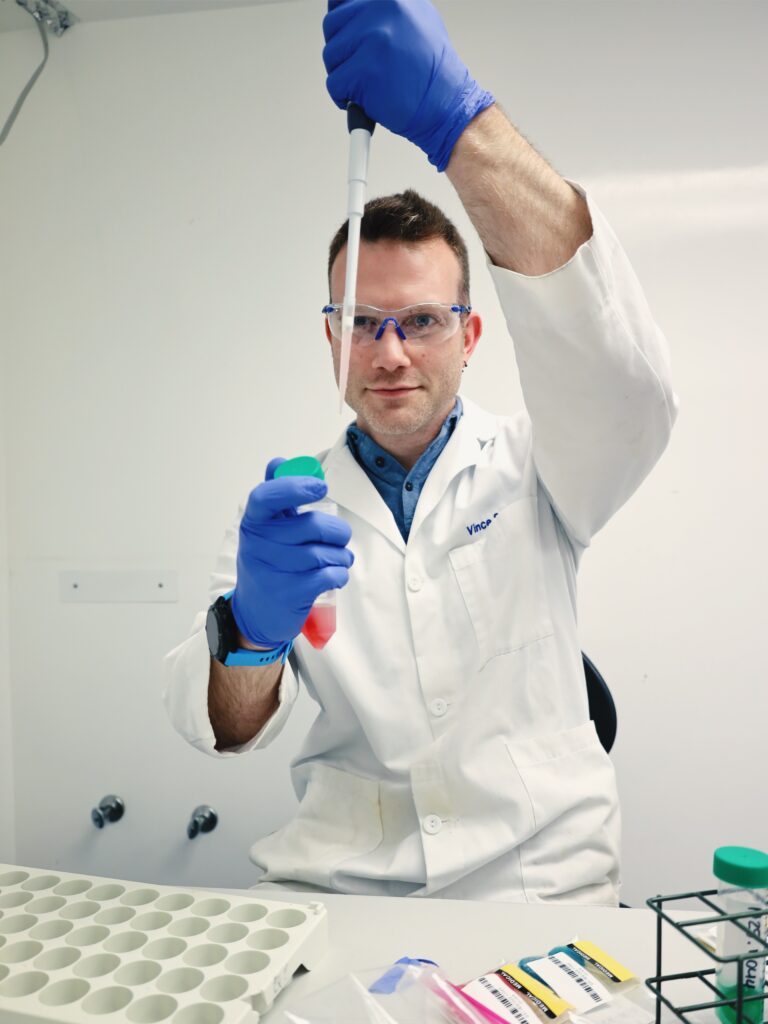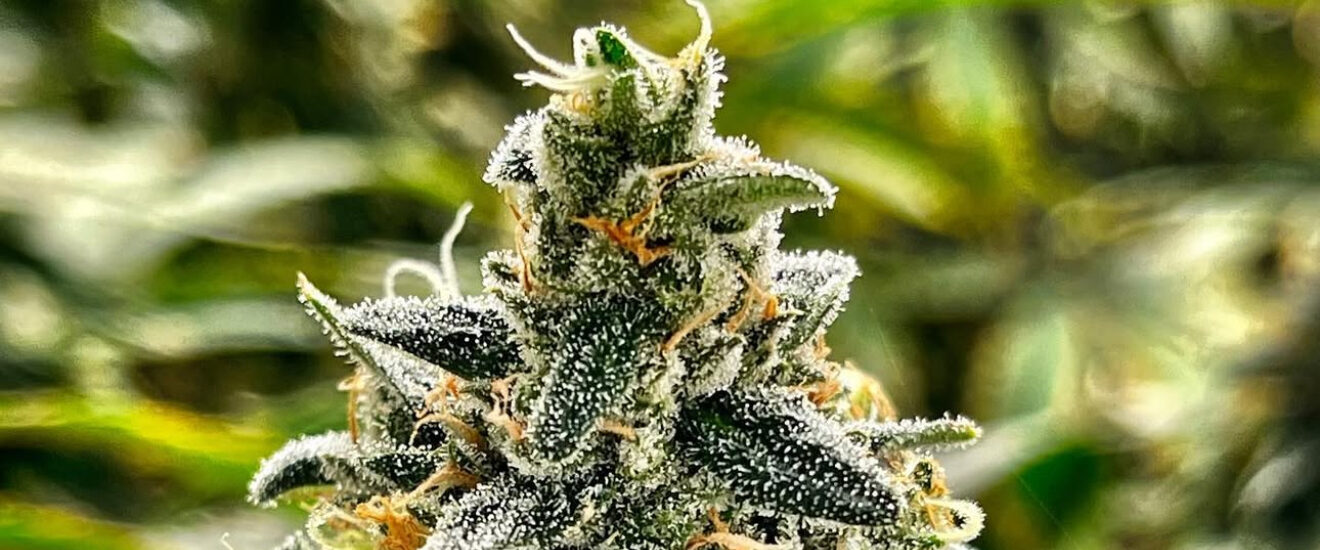Vince Sandifer, M.S.
Ever bought a strain that smelled incredible, but then it knocked you out when you were expecting a boost? When shopping for cannabis, patients don’t always get the chance to smell or examine their products until after purchase. While there are other ways to sample what’s on the market like hitting up a local pop-up, these events offer only a small glimpse of what’s out on the shelves. As someone who operates a testing lab and a patient who wants to make informed decisions to get the best experience, I’ve learned to “smell the data” instead. That is, I rely on the Certificate of Analysis (COA) to learn about a product’s terpenes and cannabinoids before I buy.
 Every single cannabis product at your local dispensary has gone through extensive laboratory testing, which produces results that are recorded in a COA. This document contains all of the data for a product’s safety and potency, covering everything from pesticide and heavy metal testing to residual solvents and microbial contamination. Dispensaries usually have these reports on hand, but you may need to ask your budtender to pull it up online. While the safety tests in these reports are essential, what’s particularly useful for patients is the data on terpenes and cannabinoids. These work in tandem to produce that “entourage effect” we are all seeking, so it’s always worth checking which ones are present.
Every single cannabis product at your local dispensary has gone through extensive laboratory testing, which produces results that are recorded in a COA. This document contains all of the data for a product’s safety and potency, covering everything from pesticide and heavy metal testing to residual solvents and microbial contamination. Dispensaries usually have these reports on hand, but you may need to ask your budtender to pull it up online. While the safety tests in these reports are essential, what’s particularly useful for patients is the data on terpenes and cannabinoids. These work in tandem to produce that “entourage effect” we are all seeking, so it’s always worth checking which ones are present.
When I’m looking at the COA, I start by checking whether any of my favorite terpenes are present and then ask a few questions about the data. How much of that terpene is detected? Is one terpene dominant, or are a few present in similar amounts? If one terpene stands out significantly, I’ll expect effects tied to that specific compound. However, if two or more appear at similar level, they’re likely to work together and create a new experience. By reviewing the COA, I can select a product that highlights the terpene profile I prefer.
Recently, I started tracking which products I liked by their terpene profiles. Whenever I buy a concentrate or flower, I ask the dispensary for a copy of the COA, so I can log the amounts and ratios of terpenes. For example, if a rosin lists 6% terpenes on the label, the COA might show 3% of that is limonene, 1% is myrcene, and then the other 2% is a mixture of other terpenes all below 0.25%. While there are several terpenes in the product, limonene and myrcene are most likely going to dominate the experience, with limonene present at three times the amount of myrcene in my dab.
What’s interesting is how you might prefer a product with a dominant terpene only when it’s balanced by certain others at lower concentrations. If I want an uplifting effect but still appreciate a touch of relaxation, a combination of limonene and myrcene might be the one I try. Whatever the outcome, I log each trial in my journal to see if any trends emerge with different combinations. Everyone is different, so keeping a record of how various terpene levels affect you is a great way to zero in on flower or concentrates that meet your needs—then use those COAs to find products to purchase.
Speaking of journals, if you’re not already keeping a log on strains, consider trying it, especially with all the new genetics hitting the market. Usually, you have to rely on a strain’s lineage, smell, or appearance to guess how it might hit you, but that approach can be subjective and requires physically checking every option you’re curious about. That’s easy enough when it’s just a handful of items, but with the variety and number of products available in dispensaries these days, it’s not always practical.
As a “Lab Guy” who’s seen countless terpene and cannabinoid profiles, I can confirm that some terpenes show up more frequently than others and balancing certain ones in equal amounts can be difficult. The same goes for cannabinoids. You can look for which minor ones appear and in what amounts. In short, tapping into all of the data on a COA can empower patients to make the most informed decisions about their purchases.
Ideally, I’d love to browse dispensaries’ products by their lab results—filtering out strains with certain terpene profiles and then doing a physical inspection from there. In the not-too-distant future, when most flower is prepackaged, you can apply this method to make an informed purchase without relying on smell, which is honestly how we have to shop for our concentrates now (unless a dispo has sacrificed a jar for sampling). This is a system that I use to quickly zero in on products I’m likely to enjoy. For those who might not have a ton of experience choosing strains by scent, relying on lab results could be a great shortcut to fast-track your shopping knowledge and make more confident decisions. Knowing how to ‘smell the data’ means fewer disappointing purchases and more of the experiences you actually want.
How to Read a COA:
- Where to Look: Terpene and cannabinoid data are on the first two pages.
- Cannabinoid Table: You’ll find a list of all testing cannabinoids on, along with the detected amounts. This section also shows total THC (THCA and Delta 9) and total cannabinoids (THC plus any minors).
- Terpene Table: Next will be a list of tested terpenes, along with the detected amounts. Terpenes will be listed as both milligrams per gram (mg/g) and percent. I rely on the percentages for my journal to keep consistent across products.
- Safety testing follows: You can check out if any contaminants were detected below failing limits for solvents, pesticides, and microbials.


